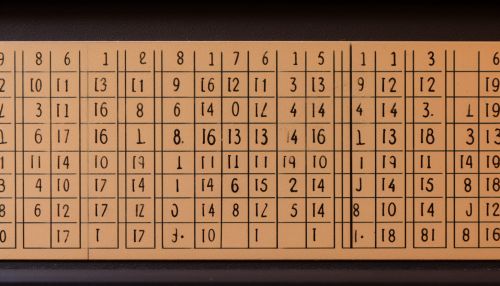History of Programming Languages
Early Development
The history of programming languages spans from documentation of early mechanical computers to modern tools for software development. Early programming languages were highly specialized, relying on mathematical notation and similarly obscure syntax. The first high-level programming language was Fortran, developed in the 1950s by IBM for scientific computations.


First Generation: Machine Languages
The first generation of programming languages is called machine languages or 1GL. These languages are the lowest level of programming languages and were used in the earliest computers. Machine languages are directly executed by the computer's hardware and consist of binary or hexadecimal instructions.
Second Generation: Assembly Languages
The second generation of programming languages, known as assembly languages or 2GL, are a step up from the machine languages. Assembly languages use short mnemonic codes for instructions and allow symbolic naming of operations and variables. The first assembly language was developed in the early 1950s.
Third Generation: High-Level Languages
The third generation of programming languages introduced high-level languages. These languages are more user-friendly, using English words and mathematical symbols rather than machine language or assembly language syntax. The first high-level languages were Fortran and LISP, both developed in the 1950s.
Fourth Generation: Very High-Level Languages
The fourth generation of programming languages (4GL) are closer to human language than previous generations. 4GLs are designed to reduce programming effort, the time it takes to develop software, and the cost of software development. They are not as flexible as lower-level languages, and are used mainly in database programming and scripting.
Fifth Generation: Constraint-Based and Logic Programming Languages
The fifth generation of programming languages (5GL) are used mainly in artificial intelligence research. 5GLs are designed to make the computer solve a given problem without the programmer. This is done by stating the problem, the constraints and the desired outcome. An example of a fifth generation language is Prolog.
Modern Programming Languages
Modern programming languages are continually evolving, with new languages being created and existing ones being updated. Some of the most popular modern languages include Python, Java, and JavaScript. These languages are used in a wide range of applications, from web development to data analysis and scientific computing.
